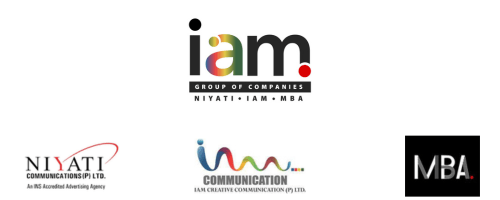
In the ever-evolving world of SEO, understanding how search engines interpret content is essential for creating an effective digital marketing strategy. One of the key concepts that help improve content visibility and relevance is the use of LSI keywords. But what exactly are LSI keywords, and how do they fit into your content marketing strategy or go to market strategy? Let’s break it down.
What Are LSI Keywords?

LSI stands for Latent Semantic Indexing. In simple terms, LSI keywords are words and phrases that are conceptually related to your main keyword. They help search engines understand the context and intent behind your content, rather than just focusing on keyword repetition.
For example, if your primary keyword is digital marketing, LSI keywords might include SEO, content marketing, social media marketing, and email campaigns. These related terms signal to Google that your content covers the broader topic comprehensively, making it more relevant to users’ search queries.
Why Are LSI Keywords Important for SEO?
Search engines no longer rely solely on exact-match keywords to determine relevance. With advancements in AI and semantic search, they now focus on understanding the meaning of content. That’s where LSI keywords come into play-they help search engines connect related concepts, improving your rankings for a wider range of searches.
Using LSI keywords:
- Enhances the depth and context of your content
- Reduces the risk of keyword stuffing
- Helps your content rank for related queries
- Improves user experience by keeping content natural and engaging
When used effectively, LSI keywords can significantly strengthen your digital marketing strategy, ensuring that your content aligns with both user intent and search engine algorithms.
Incorporating LSI Keywords Into Your Content Marketing Strategy
A strong content marketing strategy isn’t just about publishing blogs or social media posts-it’s about creating valuable, context-rich content that connects with your audience. LSI keywords play a vital role in this process by expanding the scope of your topics and enhancing readability.
Here’s how to use them strategically:
- Start with Keyword Research: Use SEO tools to identify LSI terms related to your target keyword. Tools like Google Keyword Planner or LSI Graph can help.
- Include Naturally: Place LSI keywords within headings, subheadings, and throughout the body text without forcing them.
- Focus on Relevance: Each LSI keyword should add meaning or depth to your content-avoid irrelevant terms just to increase density.
- Use in Meta Tags and Descriptions: Incorporating related terms into meta tags and image alt texts can improve your SEO visibility.
By embedding LSI keywords in your blog posts, guides, or landing pages, you enhance the discoverability and authority of your content.
LSI Keywords and Go-to-Market Strategy
Your go to market strategy defines how you introduce your product or service to potential customers. SEO and content marketing are essential parts of this process, especially for businesses operating in competitive digital spaces. By leveraging LSI keywords, you can better align your online messaging with customer intent and search behavior.
For example, if you’re launching a new SaaS product, using LSI terms like business automation, CRM software, and workflow optimization can help your target audience find you more easily during their research phase. This strategic alignment ensures that your marketing content supports every stage of your GTM plan-from awareness to conversion.
Final Thoughts
LSI keywords might seem like a technical SEO concept, but they’re actually a core component of any strong digital marketing strategy. By helping search engines understand context and users find more relevant content, they strengthen your overall visibility and engagement.
Whether you’re developing a content marketing strategy, refining your go to market strategy, or building effective B2B marketing strategies, integrating LSI keywords ensures your content stands out in an increasingly competitive digital space.


